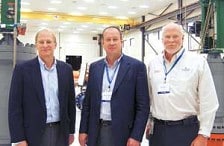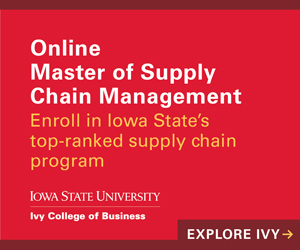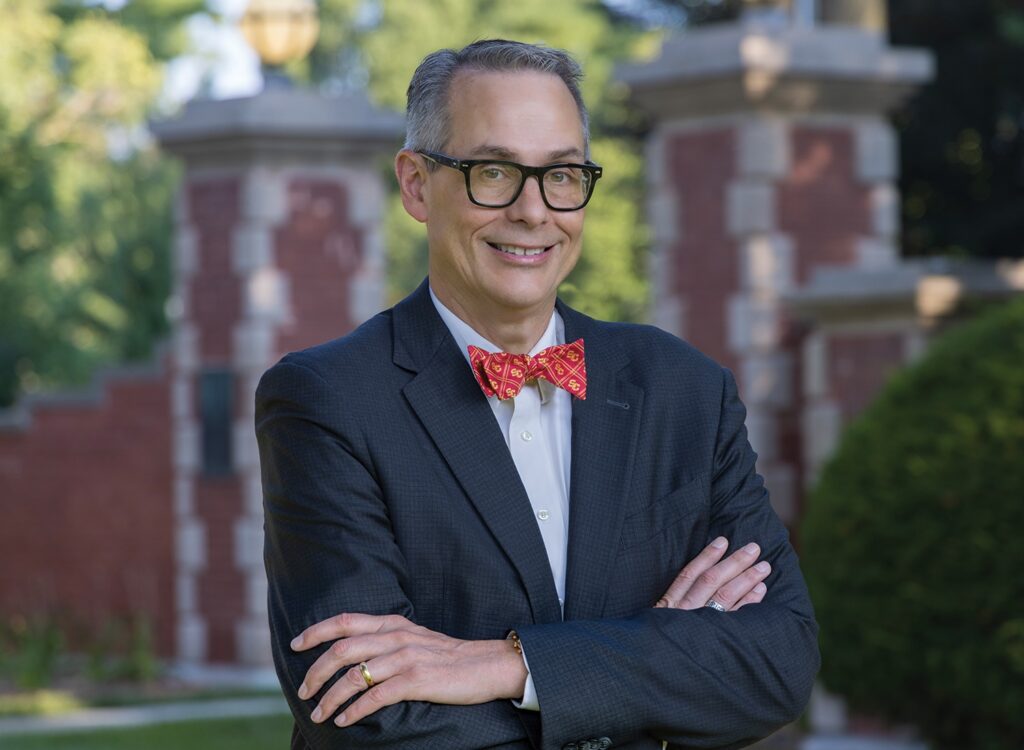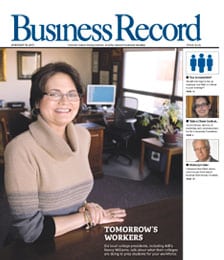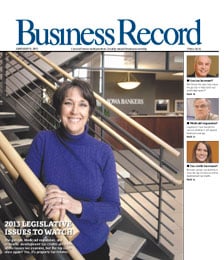Emerson Innovation Center is industry’s ‘valve heaven’

.floatimg-left-hort { float:left; } .floatimg-left-caption-hort { float:left; margin-bottom:10px; width:300px; margin-right:10px; clear:left;} .floatimg-left-vert { float:left; margin-top:10px; margin-right:15px; width:200px;} .floatimg-left-caption-vert { float:left; margin-right:10px; margin-bottom:10px; font-size: 12px; width:200px;} .floatimg-right-hort { float:right; margin-top:10px; margin-left:10px; margin-bottom:10px; width: 300px;} .floatimg-right-caption-hort { float:left; margin-right:10px; margin-bottom:10px; width: 300px; font-size: 12px; } .floatimg-right-vert { float:right; margin-top:10px; margin-left:10px; margin-bottom:10px; width: 200px;} .floatimg-right-caption-vert { float:left; margin-right:10px; margin-bottom:10px; width: 200px; font-size: 12px; } .floatimgright-sidebar { float:right; margin-top:10px; margin-left:10px; margin-bottom:10px; width: 200px; border-top-style: double; border-top-color: black; border-bottom-style: double; border-bottom-color: black;} .floatimgright-sidebar p { line-height: 115%; text-indent: 10px; } .floatimgright-sidebar h4 { font-variant:small-caps; } .pullquote { float:right; margin-top:10px; margin-left:10px; margin-bottom:10px; width: 150px; background: url(http://www.dmbusinessdaily.com/DAILY/editorial/extras/closequote.gif) no-repeat bottom right !important ; line-height: 150%; font-size: 125%; border-top: 1px solid; border-bottom: 1px solid;} .floatvidleft { float:left; margin-bottom:10px; width:325px; margin-right:10px; clear:left;} .floatvidright { float:right; margin-bottom:10px; width:325px; margin-right:10px; clear:left;} The downtown Marshalltown site where William Fisher made the first pump governor 130 years ago is now home to what Emerson Process Management officials say is the most technologically advanced valve testing facility in the world.
Last week, the manufacturing company unveiled its $30 million Emerson Innovation Center. The facility, conceptualized four years ago and under construction for the past three, was a renovation and expansion of Fisher Governor Co.’s original building constructed in 1880.
“As we like to say at Emerson, ‘It has never been done anywhere before,'” said Terry Buzbee, president of Emerson Process Management, Fisher. “As the size of customers’ plants has continued to increase, we truly needed bigger, higher and broader facilities that will take our company and our customers into the future.”
More than 50 representatives from 38 companies that buy Emerson components traveled from as far away as China and Venezuela last week for the dedication of the 136,000-square-foot facility.
A wholly owned subsidiary of St. Louis-based Emerson Electric Co., Emerson Process Management is the world’s largest manufacturer of control valves. The division currently employs about 1,200 people at its Marshalltown facilities.
“This center could be put on any point on the planet,” said Ed Monser, chief operating officer of Emerson Electric Co., which had first-quarter sales of $5.1 billion. “Why did we put it here? The reason is simple. Here in Marshalltown, we have assembled the finest collection of valve engineers on the planet. So we have given them the tools to continue the next generation of valve engineering.”
Emerson Process Management has added more than 100 employees in Marshalltown since announcing plans for the new center three years ago, said John Wells, a company spokesman. “And as testing demands ramp up, we expect that we will need to add additional test engineers and technicians,” he said. No changes are planned for the company’s Marshalltown manufacturing facility on 12th Avenue. Not all of the engineers located at the company’s previous technical center on 12th Avenue have moved to the new center, but they will do so once additional space is renovated, Wells said.
Emerson engineers designed the facility’s flow lab, where water can be pumped through a one-meter diameter pipe fast enough to fill a 550,000-gallon Olympic-size swimming pool in eight minutes. That force generates the enormous pressure needed to test the types of shutoff valves that Westinghouse Engineering Corp. will install in its newest nuclear power plants.
Bill Rice, director of Westinghouse’s AP1000 nuclear plant program, said the testing done by the innovation center makes possible the 100 percent passive safety systems for the 1,000-megawatt power plants his company is designing.
“Very little human intervention is needed to keep these plants safe,” Rice said. “But these systems present some unique challenges, namely, ensuring that a valve that’s designed to sit closed its entire life will function properly when it needs to open.”
Those types of needs “drove our investment here,” Monser said, “because our clear intent is to be the technology leader far into the future. But to do that, we needed to build a facility where we could do the large flows of liquids and gases to prove the dynamic performance of these elements.”
Though some of its valves are used to transport oil and natural gas, Emerson does not manufacture the types of specialized flow valves that are used in the drilling process or offshore rigs, Monser noted.
In the Middle East country of Qatar, a liquified natural gas loading facility that just started up there will benefit from Marshalltown center’s testing capabilities, said Monser, who recently returned from a visit to that facility. Additionally, in China, a company operating the world’s largest ethylene cracking plant near Shanghai uses large valves that can only be tested in Marshalltown, he said.
The new center also has an air-testing capacity that’s more than four times as large as the previous facility’s – enough to fill the Goodyear Blimp in 12 seconds, and do it three times before needing to be recharged. A 2,400-meter sound chamber built to baffle the sound generated by the high-pressure systems ensures that Emerson will be a “good neighbor” downtown, Buzbee said.
In addition to the cavernous flow laboratory, the Innovation Center houses an environmental testing laboratory, as well as an endurance laboratory to test parts’ endurance to heat, cold and vibration, a firmware testing laboratory and an integration laboratory to test how components perform when used with other companies’ equipment.
“To say that we test each part to the extreme is not an overstatement,” said Mike Mason, the division’s executive vice president. “We test some parts as many as one million times.” In one instance, a part was tested continuously for three years until the material around the part, not the part itself, failed, he said.

